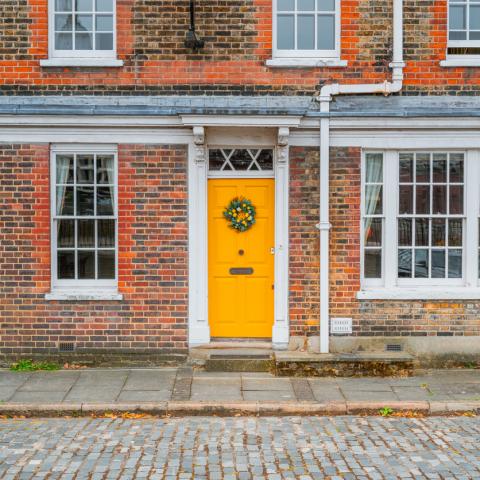Prop puns – the terms that the industry uses to grab our attention

By Emma Goodwin
First, we had the ‘Waitrose effect’ – a playful and memorable term that captures an interesting phenomenon in the property market: properties in areas with an upmarket supermarket chain in the vicinity command, on average, higher price tags.
This is just one example of many new phrases coined by the property industry (and yes, PRs) year after year, in an attempt to describe new trends, innovations or consumer behaviours. Some, like ‘broken plan living’, become ingrained into our vocabulary, sticking around long after their inception. Others, like No-Ho (North Soho…a bold attempt to rebrand the much-loved area of Fitzrovia), look promising at the outset but never quite take off, while a few – like the ‘sub-penthouse’ (yes, quite literally describing the apartments below the actual penthouse) - are met with little more than media mockery.
But what makes some of these terms easy to get on board with, and others fall flat? And is it all just clever spin, or are they indicative of something that’s actually happening in the market?
While some might say it’s all just PR fluff, the terms that go the distance seem to be those that are either rooted in research, or that have more universal appeal and resonate with the wider consumer.
Let’s take ‘broken plan living’ as example. Not only is it a fun play on words – from another well-established term, ‘open plan living’ – but it’s something many people could identify with, because they were seeing it themselves in new developments, in existing properties and in the papers. Though it first came to the mainstream several years ago, even today you’ll rarely open a design or interiors magazine and not find mention of broken plan living – arguably a good indicator that it’s a fully-fledged consumer behaviour.
So, what’s next? Research reports from sales agents always provide a rich source of inspiration – all, as you’d expect, grounded in data. For a glimpse into potential contenders for this year’s trends, we can look to Knight Frank’s Wealth Report, the company’s annual flagship publication on global wealth, released earlier this month. It highlights emerging consumer behaviours and trends – this year, many in the context of Covid-19 – like the birth of ‘co-primary residences’ (where flexible working has increased the expectations of second homes, which are now being viewed by owners as equal to their primary properties).
While we’ll have to watch this space (and the media) to see whether ‘co-primary residences’ follows in the footsteps of ‘broken plan living’ (let’s just cross our fingers it doesn’t go the way of No-Ho…), I for one thoroughly enjoy the punchiness, word play, and sometimes questionable puns, of these property trend descriptors.








